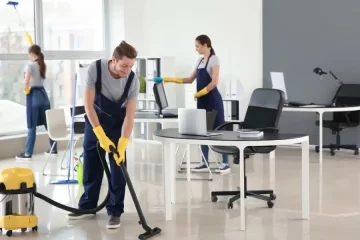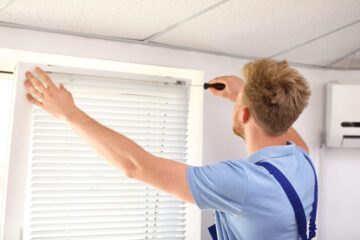Leaking home radiator – how to fix it?

One of the most annoying things that you will face is a leaking radiator. When you find a leaking home radiator, you have to act quickly if you don’t want permanent damage to the device and the floor. Either you can call a professional for help or you can do minor repairs by yourself. Below are some repairs that can occur and ways to repair them.
Before you start repair work
Like any other repair work, you need to get prepared before you start to do anything. The first thing you need to pay attention is about catching the water to stop further damage. For this, you only need some towels and a bucket to hold the water.
The next step is to identify the location of the leak. Now, this can be tricky because a radiator can leak from different places. You can find the exact spot by drying the whole radiator completely and place some tissues over the radiator’s fixtures. The drenched tissue will indicate the source of the leak.
The possible causes for leakage
- Radiator body
If you find the radiator body to be leaking, you might wonder how to fix it. Generally, this is due to corrosion and that is why you need to completely replace it.
But there is a temporary solution for this leak. If you have an expansion tank and a feed, you can try adding a plastic resin sealant to stop the water. You cannot do this with a sealed central heating system.
- Radiator gland
If you still find a leak after fixing the valve, then the problem might be the gland. This is a small fixture that is present underneath the plastic lid of the valve. You can fix this by using a PTFE tape by following simple steps.
First, turn off the lockshield valve. Remove the plastic cap and unscrew the gland nut. Wrap the valve spindle using a PTFE tape of 20 cm. Force the tape into the body of the valve using a flat-head screwdriver. Screw back the gland nut and replace the plastic cap before you turn the valve on.
- Radiator valve
This type of problem occurs when the internal spindle packing gets damaged. The leak happens due to partly open or closed valve.
You can fix this by yourself. First, drain the valve below the leak and turn off the supply and lockshield valve. Then catch the escaping water and undo the union nut. Now, try to open the bleed valve for releasing the water. Using PTFE tape, wrap the valve and tighten the union nut. Now you can open the bleed and lockshield valves. After this, have your radiator to fill up again to check any leaks are present. Then close the bleed valve.
- Radiator spindle
If you have identified the leak from the spindle and not from the valves, then don’t worry. This is an easier problem to fix than the leaking valve.
To fix this, just use your spanner to tighten the gland nut. If you still notice leakage, you might have to check again the location of your leak. There are high chances to confuse spindle leak with valve leaking.
- Radiator pipe joint
Just use your spanner to tighten the joints.
Conclusion
As you can see, leaking home radiator is not a big issue. You can fix the minor issues by yourself. But if you are unsure, feel free to call a professional to help you out.











